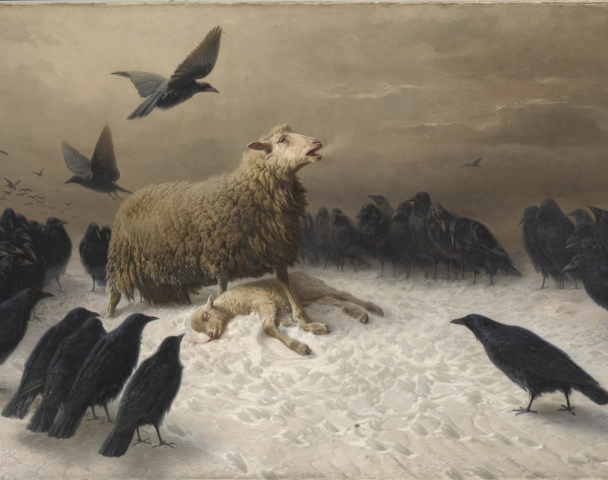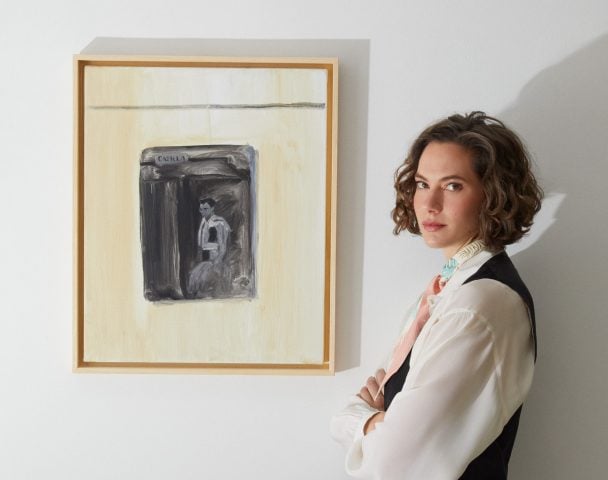Collectibles
Paul Allen’s Computing Museum Shutters, Its Collection Set for Auction
Christie’s will offer items including spacesuits, mainframes, paintings, and an Albert Einstein letter.
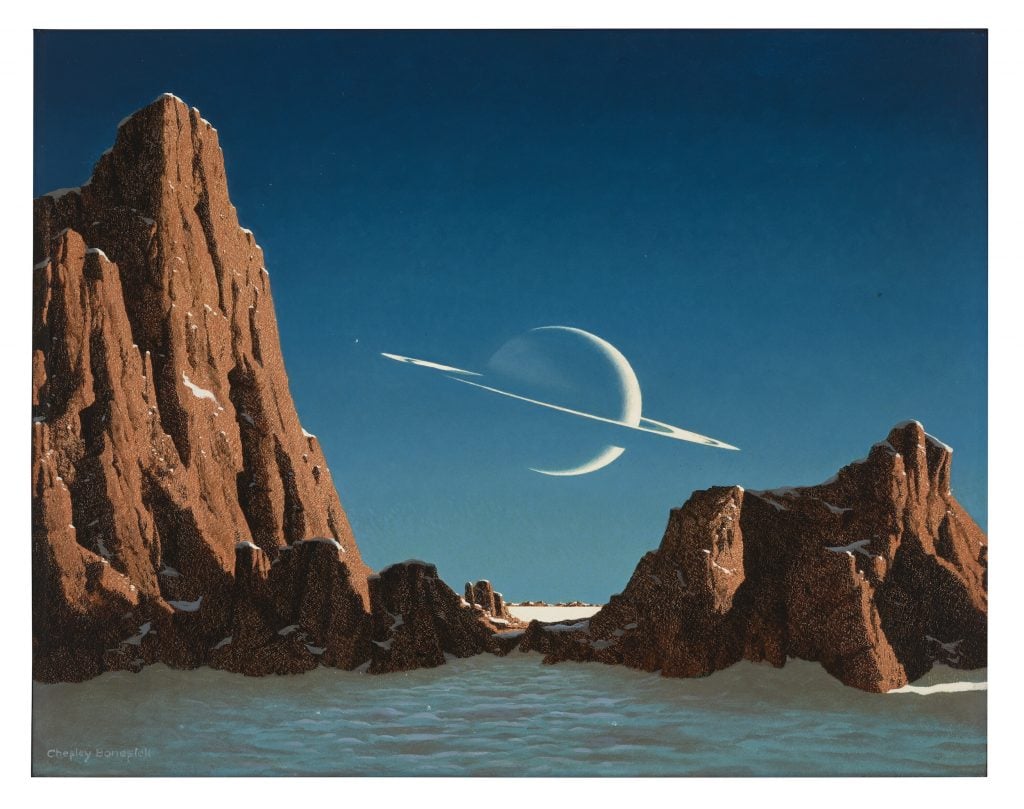
A trove of items from Living Computers: Museums + Labs, the Seattle computer museum that Microsoft co-founder Paul G. Allen opened in 2012, is heading to auction. The museum, known for its hands-on displays, never reopened after shuttering during the 2020 lockdowns.
Allen was behind a number of institutions, some of which are still open, like Seattle’s Museum of Pop Culture. His company, Vulcan, also founded the Seattle art fair, which runs from July 25–28 this year. Others, like the computer museum, have not outlived the inventor and philanthropist, who died in 2018 from complications from non-Hodgkin lymphoma. He signed the Giving Pledge (initiated by Warren Buffett and Bill Gates), promising to donate the majority of his wealth to charity.
In November 2022, the auctioneer previously handled an Allen sale that was chockablock with Impressionist, Modern, and contemporary masterpieces by the likes of Paul Cézanne, Georges Seurat, and Vincent van Gogh. It was the biggest-ever single sale in history, totaling $1.5 billion. Another tranche of Allen works sold in 2023 brought in an additional $88.8 million.
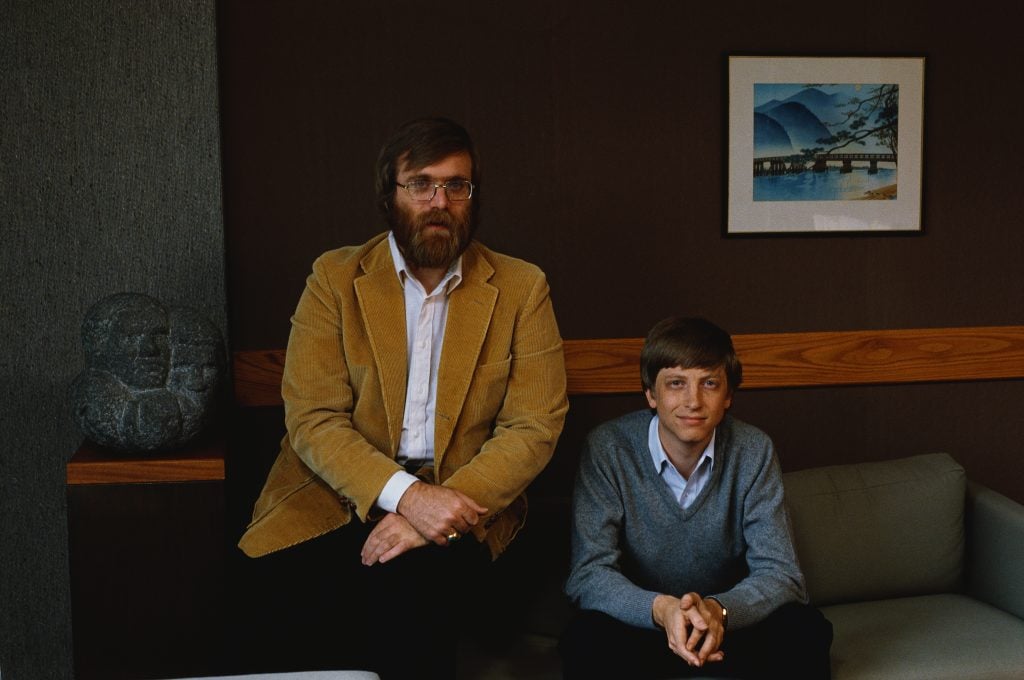
Microsoft co-founders Bill Gates and Paul Allen in Seattle, Washington, 1984. Photo: © Doug Wilson/CORBIS/Corbis via Getty Images.
Dubbed “Gen One,” the upcoming sales focus on first-generation technologies and their inventors, and comes in three parts: two online auctions, “Firsts: The History of Computing” and “Over the Horizon: Art of the Future,” both running through September 12, and a live September 10 sale with the title “Pushing Boundaries: Ingenuity.”
This set of sales is a bit more modest in terms of price tags, though some of the items on offer are long on historical significance.
The top lot, appearing in the “Pushing Boundaries” sale, is a signed 1932 letter from Albert Einstein to President Franklin Delano Roosevelt that bears a high estimate of $6 million. In it, the physicist warns the Commander in Chief that the Germans have discovered a fissionable form of uranium that had the potential to power an enormously destructive weapon.
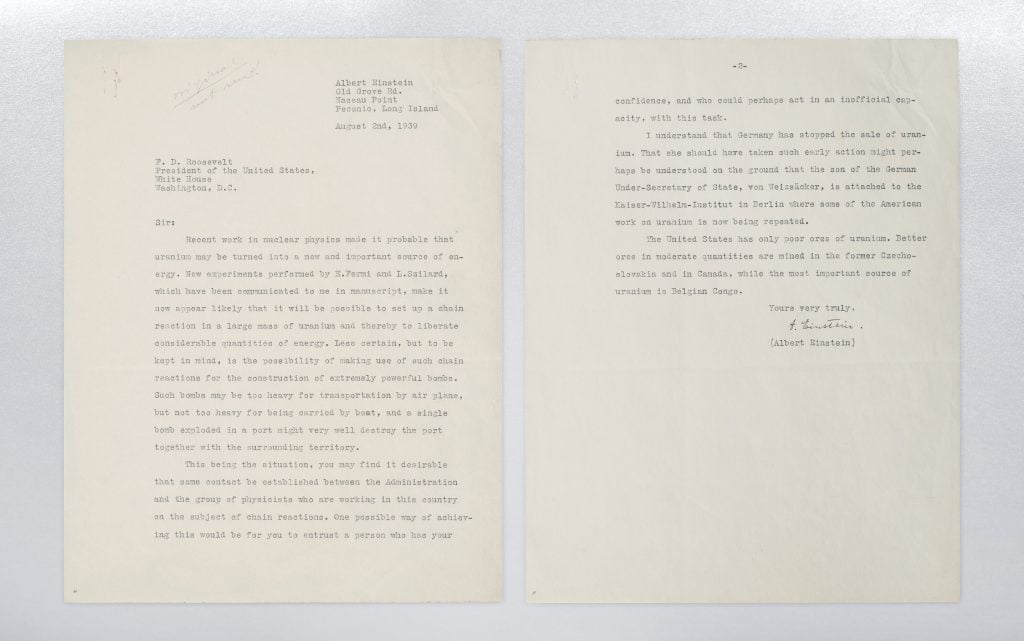
A signed 1932 letter from Albert Einstein to Franklin Delano Roosevelt. Courtesy Christie’s.
The impetus behind the Manhattan Project and thus possibly the century’s most consequential letter, it exists in two identical versions; the other resides in Roosevelt’s presidential library. The missive featured in the smash 2023 hit Oppenheimer.
Also in “Pushing Boundaries” is a space suit that belonged to famed astronaut Ed White, who became the first American to go for a space walk on June 3, 1965, during the Gemini 4 mission. (Cosmonaut Aleksey Leonov performed the first space walk on March 18 of that year.) It bears a high estimate of $120,000.
While there aren’t any Cézannes or Van Goghs in this sale, the “Over the Horizon” auction does feature Chesley Bonestell’s Saturn as Seen from Titan (ca. 1952), which bears a high estimate of $50,000. (The same painting sold at Heritage Auctions in 2010 for $77,675.)
Works by Bonestell, a prominent artist among those focused on space exploration during the Cold War, are featured in the collections of institutions like the National Air and Space Museum; both an asteroid and a crater on Mars bear his name. The artist’s auction record is $197,000, for Beginning of the World (The Earth is Born), a 1952 LIFE magazine cover that sold at Heritage Auctions in 2014.
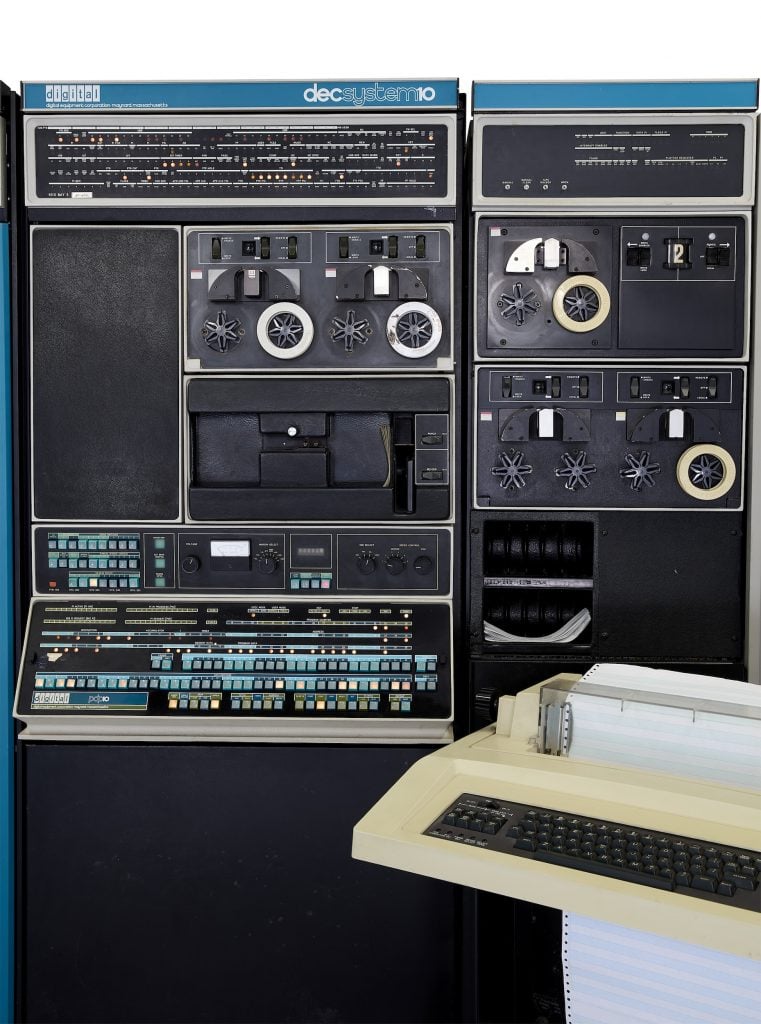
A 1971 DEC PDP-10: KI-10 mainframe computer. Courtesy Christie’s.
“Firsts,” meanwhile, pays homage to Allen’s computing innovations. The top lot is a computer that he himself worked on, a 1971 DEC PDP-10: KI-10 (that’s Digital Equipment Corporation Programmed Data Processor to you), estimated at up to $50,000. It was, said the auctioneer, among the first to support interactive, real-time computing, and was crucial to the development of ARPANET, the predecessor to the Internet we know today.
“Never before has the market seen a collection of this diversity that so beautifully chronicles the history of human science and technological ingenuity—much less one assembled by a founding father of modern computing,” said Marc Porter, chairman of Christie’s Americas. “It is a testament to the uniqueness and importance of these objects that one of the greatest innovators of our day collected, preserved, and in dozens of cases, restored them, while both drawing his own inspiration from them and sharing many of them publicly.”




